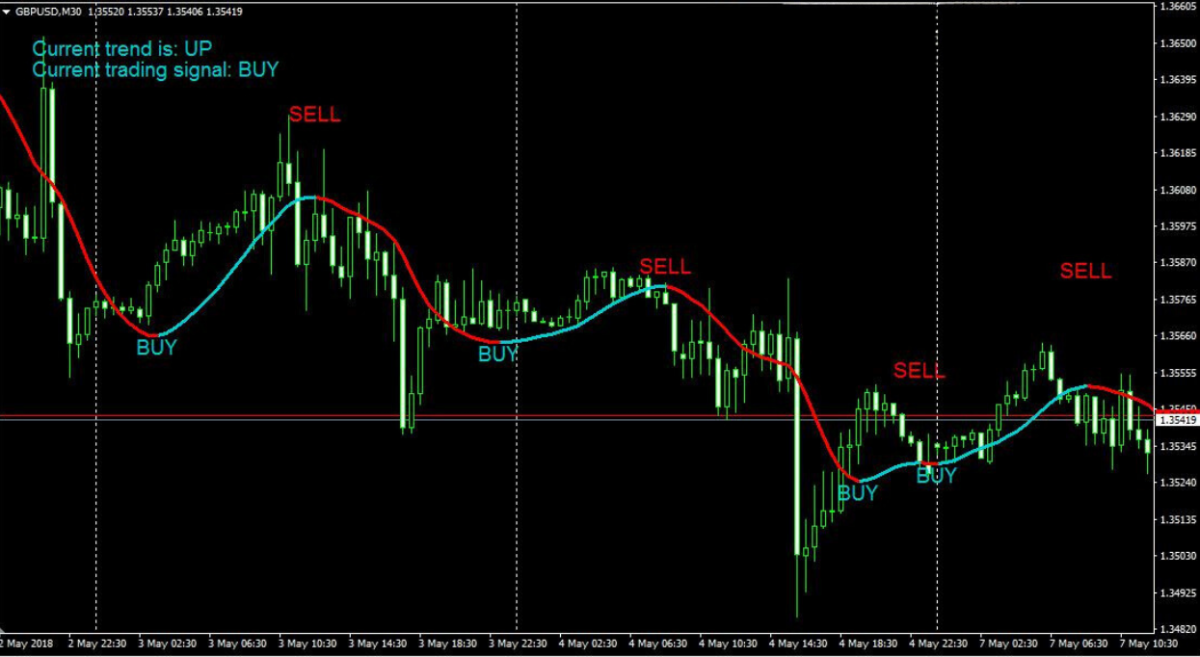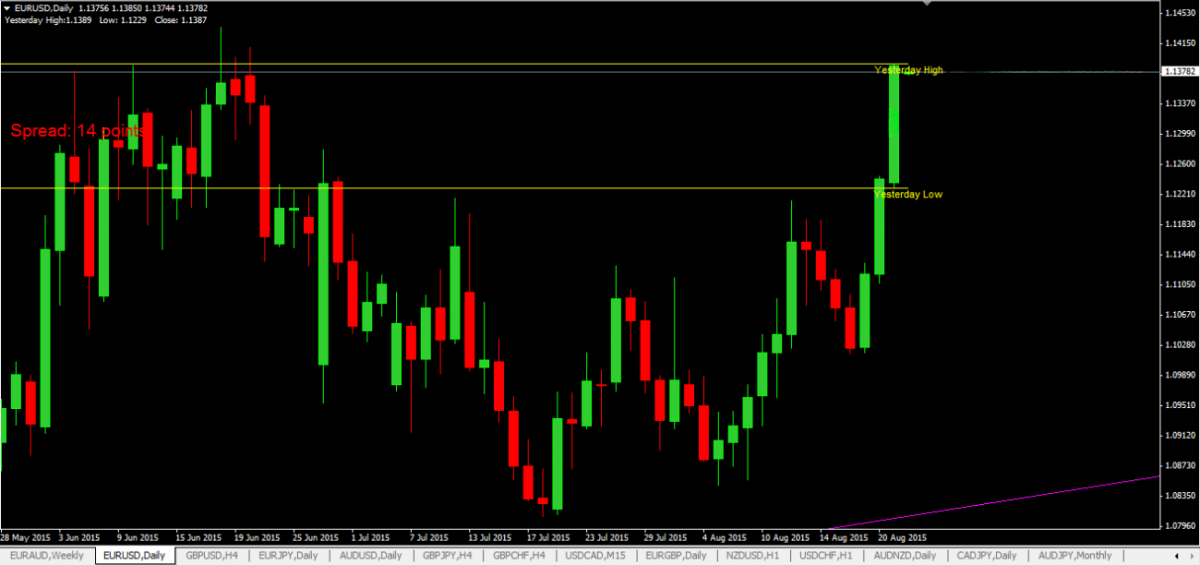London breakout strategy
The London Breakout Strategy has emerged as a popular trading approach among forex enthusiasts seeking to capitalize on the early morning volatility in the global financial markets. This strategy aims to exploit the significant price movements that often occur during the opening hours of the London trading session. By strategically entering trades based on breakouts above or below predefined price levels, traders aim to secure favourable positions and potential profits.
In the fast-paced world of forex trading, timing is key. The opening hours of the London trading session, which overlaps with other major financial centres, such as New York and Tokyo, witness heightened market activity and increased trading volumes. This surge in liquidity often leads to substantial price fluctuations, offering lucrative opportunities for traders who can effectively navigate these dynamic market conditions.
Exploring the London breakout strategy
The London Breakout Strategy is a forex trading approach that focuses on capturing significant price movements during the opening hours of the London trading session. Traders employing this strategy aim to identify breakouts above or below specific price levels, which are established based on previous market behaviour. By entering trades when these levels are breached, traders seek to take advantage of potential momentum and volatility.
The key principles of the London Breakout Strategy involve precise entry and exit rules, risk management, and thorough analysis of market conditions. Traders carefully monitor price action, employ technical indicators, and use stop-loss and take-profit orders to manage risk and optimize potential returns.
The origins of the London Breakout Strategy can be traced back to the early days of forex trading when market participants recognized the importance of the London trading session as a key driver of volatility. Traders observed that substantial price movements often occurred during the opening hours of the London session, influenced by various economic events and news releases.
Market liquidity during the London session
The London trading session, overlapping with other major financial centres, witnesses a surge in trading activity and liquidity. The increased participation of market players, including institutional investors and banks, can amplify price movements and create favourable trading conditions for breakout strategies.
Fundamental and geopolitical factors
Fundamental factors such as economic indicators, monetary policy decisions, and geopolitical events play a crucial role in shaping market sentiment during the London session. Traders employing the London Breakout Strategy analyze these factors to identify potential catalysts for significant price movements.
Price action and technical analysis
Traders utilizing the London Breakout Strategy rely on price action analysis and technical indicators to identify key support and resistance levels. Breakouts above or below these levels are considered potential entry points, and traders use additional technical tools to validate the trade signals and fine-tune their strategy.
Success rate of the London breakout strategy
Assessing the historical performance of the London Breakout Strategy provides valuable insights into its potential effectiveness. Extensive backtesting and analysis of past market data reveal that the strategy has demonstrated a favourable success rate in capturing profitable trading opportunities during the early hours of the London trading session. However, it is essential to note that past performance is not indicative of future results, and the success rate can vary based on market conditions and individual trading decisions.
Market conditions and volatility
The success rate of the London Breakout Strategy is closely tied to market conditions and the level of volatility during the London session. Higher volatility often increases the frequency and magnitude of price breakouts, potentially improving the strategy's performance. Traders should be aware of market conditions and adapt their approach accordingly to optimize their success rate.

Risk management and position sizing
Effective risk management is crucial for maintaining a consistent success rate with the London Breakout Strategy. Properly defining and limiting risk through techniques such as setting appropriate stop-loss orders and position sizing based on individual risk tolerance can help protect capital and optimize returns over the long term.
Trading experience and skill level
The success rate of the London Breakout Strategy can be influenced by a trader's experience and skill level. A thorough understanding of technical analysis, price action, and the ability to interpret market trends is essential for accurately identifying breakout opportunities and making informed trading decisions. As traders gain experience and refine their skills, they are likely to achieve higher success rates with the strategy.
Backtesting the London breakout strategy
Backtesting is a critical process in strategy development and evaluation. It involves using historical market data to simulate trades based on predefined rules and parameters. By testing the London Breakout Strategy using past market conditions, traders can assess its performance, identify strengths and weaknesses, and refine the strategy before implementing it in live trading.
Backtesting plays a vital role in strategy development by providing valuable insights into the strategy's historical performance and the potential risks and rewards associated with its implementation. It helps traders gain confidence in the strategy, understand its limitations, and make informed decisions about its viability in real-world trading.
Data collection and selection
To conduct a robust backtest of the London Breakout Strategy, traders should gather high-quality historical data for the relevant currency pairs and timeframes. Data sources such as reputable financial platforms or data providers can offer reliable and accurate price information necessary for the backtesting process.

Testing parameters and time frames
When backtesting the London Breakout Strategy, traders need to define the specific parameters and rules for entering and exiting trades. These parameters may include the breakout level, time of entry, stop-loss and take-profit levels, and any additional filtering criteria. It is important to consider various timeframes and market conditions to assess the strategy's performance under different scenarios.
Performance metrics and analysis
During the backtesting process, traders should track and analyze performance metrics such as profitability, win rate, maximum drawdown, and risk-reward ratio. These metrics help evaluate the effectiveness of the London Breakout Strategy and provide insights into its risk-adjusted returns. By analyzing the results, traders can identify areas for improvement and optimize the strategy's parameters for better performance.
Real-world application and forex insights
The London Breakout Strategy offers practical opportunities for traders to capitalize on early morning volatility in the forex market. To implement the strategy effectively, traders should define clear entry and exit rules based on breakouts above or below predetermined price levels. It is crucial to consider factors such as market liquidity, fundamental events, and technical analysis indicators to validate breakout signals and manage risk. By adhering to a disciplined approach and adapting the strategy to individual trading styles and preferences, traders can enhance their chances of success.
Traders considering the London Breakout Strategy can benefit from several tips and best practices. Firstly, maintaining a strict risk management plan is essential to protect capital and avoid significant losses. Setting appropriate stop-loss orders and position sizing based on risk tolerance is crucial. Secondly, thorough analysis of market conditions, including liquidity and economic calendar events, can help traders anticipate potential breakouts and avoid false signals. Additionally, continuous learning and refinement of trading skills through practice, education, and staying updated with market trends contribute to long-term success.
Real-world case studies and examples provide valuable insights into the effectiveness of the London Breakout Strategy. These illustrate how traders have successfully implemented the strategy in various market conditions and highlight the potential profitability and risk associated with the approach. By examining specific trade setups, analyzing entry and exit points, and evaluating performance metrics, traders can gain a deeper understanding of the strategy's application and its potential impact on trading outcomes.
Limitations and challenges
While the London Breakout Strategy offers potential opportunities, it is important for traders to be aware of its limitations and associated risks. One potential drawback is the occurrence of false breakouts, where the price briefly breaches a predetermined level before reversing. False breakouts can lead to losses if traders enter positions prematurely. Additionally, during low liquidity periods or in the presence of significant fundamental news releases, breakouts may lack follow-through, resulting in reduced profitability.
The performance of the London Breakout Strategy can be influenced by specific market conditions. For instance, during periods of low volatility, breakouts may be less pronounced, leading to decreased trading opportunities. Similarly, geopolitical events and economic announcements can cause heightened volatility, impacting the strategy's effectiveness. Traders must adapt their approach accordingly and exercise caution when such conditions arise.
Risk management is crucial when implementing the London Breakout Strategy. Traders should carefully determine their risk tolerance and establish appropriate stop-loss levels to limit potential losses in case of adverse price movements. Additionally, employing proper position sizing techniques, such as using a percentage of available capital, can help mitigate risks associated with the strategy. Regularly reviewing and adjusting risk management parameters is essential for maintaining long-term profitability.
Conclusion
In summary, the London Breakout Strategy offers traders an opportunity to capitalize on early morning volatility in the forex market. By strategically entering trades based on breakouts above or below predetermined price levels, traders can potentially capture profitable moves during the London session. The strategy's historical success rate, influenced by market liquidity, fundamental factors, and technical analysis, demonstrates its potential effectiveness.
The London Breakout Strategy showcases its viability as a trading approach, particularly for those who are adept at managing risks and adapting to varying market conditions. While the strategy has its limitations and challenges, such as false breakouts and volatile events, traders can mitigate risks through disciplined risk management techniques and continuous skill development.
In conclusion, the London Breakout Strategy offers a structured and systematic approach to trading the forex market during the London session. Traders should conduct thorough research, practice sound risk management, and adapt the strategy to their individual circumstances. By doing so, traders can enhance their chances of success and potentially achieve profitable trading outcomes.


